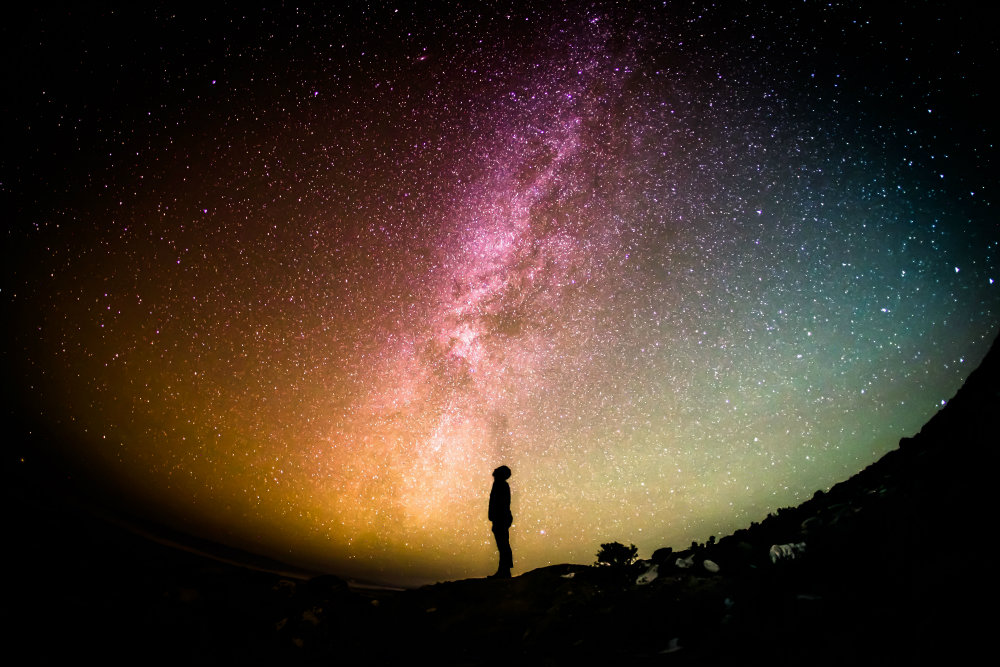Key Takeaways:
– The Big Bang, a catastrophic explosion about 14 billion years ago, is widely accepted as the universe’s starting point.
– Evidence supporting the Big Bang includes the observation of an expanding universe and cosmic microwave radiation.
– Following the Big Bang, the universe underwent dramatic phase transitions, eventually leading to the formation of atomic nuclei.
– Scientists still grapple with the questions about what happened just before the Big Bang.
– Theories suggest a chaotic state called spacetime foam might have existed before the Big Bang.
– The inflation theory postulates that our universe could have emerged from this chaotic condition.
Humans have pondered the origin of everything for centuries, and science seems to provide an answer – the Big Bang. This event marks the birth of our universe almost 14 billion years ago. In just a fraction of a second, the observable universe grew exponentially, stretching from the size of a bacterium to the scale of the Milky Way.
Discovering an Expanding Universe
The primary evidence supporting this theory came from American astronomer Edwin Hubble’s discovery in 1929. Hubble observed that distant galaxies were moving further apart, indicating that the universe is not static but continually expanding. Rewinding this expansion would point back to the inception of the cosmos about 14 billion years ago, parallel to the age of the oldest objects we can glimpse in space.
The Evidential Cosmic Microwave Background
Building upon this, in 1964, Arno Penzias and Robert Wilson detected cosmic microwave background radiation (CMB). This radiation is an afterglow of the Big Bang, generated when the universe was merely 380,000 years old. The CMB offers a snapshot into the scorching, dense conditions of the early universe, earning Penzias and Wilson a Nobel Prize in Physics for their discovery.
Transformations in the Microseconds after the Big Bang
Modern particle accelerators, like the Large Hadron Collider, shed light on conditions even closer to the Big Bang’s timing. Initial experiments hint at a period a few billionths of a second after the Big Bang, when the familiar four fundamental forces of physics – gravity, electromagnetism, the strong nuclear force, and the weak nuclear force – separated from a unified force.
Pioneering Formation of Matter
As the universe continued to expand and cool, matter began to take on mass, marking an essential milestone in its evolution. The universe then filled with a unique substance called quark-gluon plasma, an early universe broth teeming with quarks and gluons. These particles, forces in modern atomic structures, were independent in the early universe’s hot and dense state.
Big Bang Nucleosynthesis – Birth of Atomic Nuclei
As the universe expanded further and cooled, high-energy photons lessened, leading to a process called Big Bang nucleosynthesis (BBN). This process signifies the formation of the first atomic nuclei through nuclear fusion reactions. Impressively, the results match closely with astronomers’ observations, serving as persuasive evidence for BBN.
The Big Bang Singularity and Beyond
When tracing back to the moment of the Big Bang, space and time seem to converge at a singularity where everything becomes inexhaustibly dense. This extreme space-time deformation represents a point where our understanding of physics starts to falter.
Spacetime Foam – The Universe’s Incipient Chaos
When we reverse time to approach the Big Bang singularity, space and time multiplex into a chaotic state called spacetime foam. This state is a jumbled mix of time loops and bubbles that defy orderly chronology, creating a quantum haze where the past, present, and future intertwine haphazardly.
Egress through Cosmic Inflation
Despite this chaos, the theory of cosmic inflation proposes that our universe managed to emerge from this turbid state. This theory explains an accelerated expansion in the early universe, positioning the universe as spatially flat and setting in motion a cascading growth that eventually nurtured galaxies and trends observed in the universe today.
In essence, our understanding of our universe’s birth begins with a cataclysmic explosion – the Big Bang. Science has been exceptionally successful in corroborating many aspects of this theory, yet the question of how it all started remains partially unanswered, keeping scientists on their toes in their quest to decipher these cosmic secrets.

